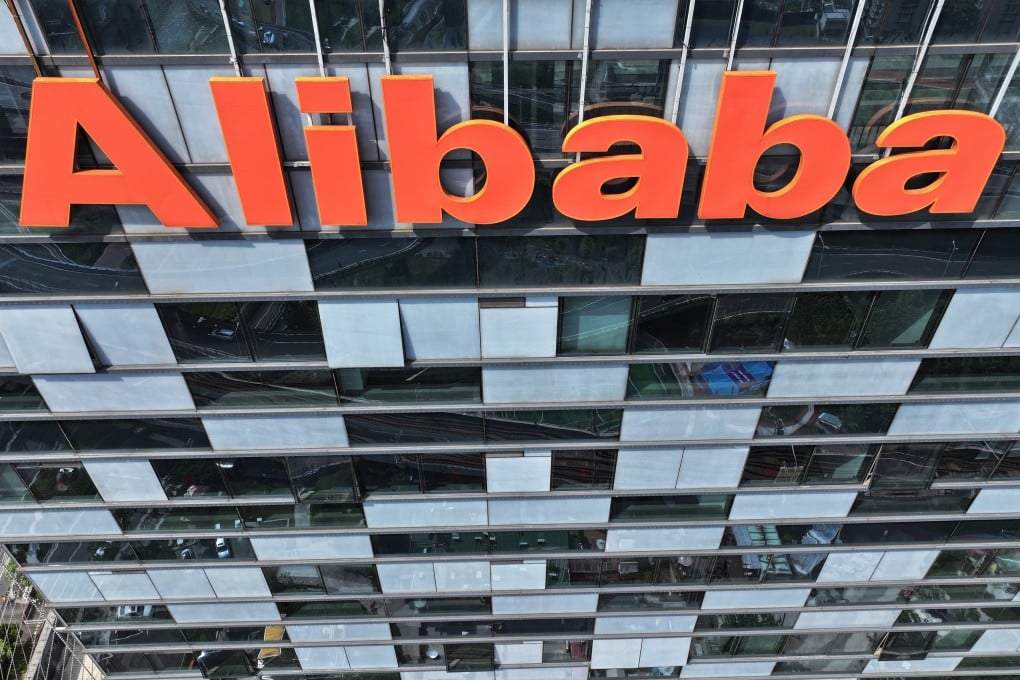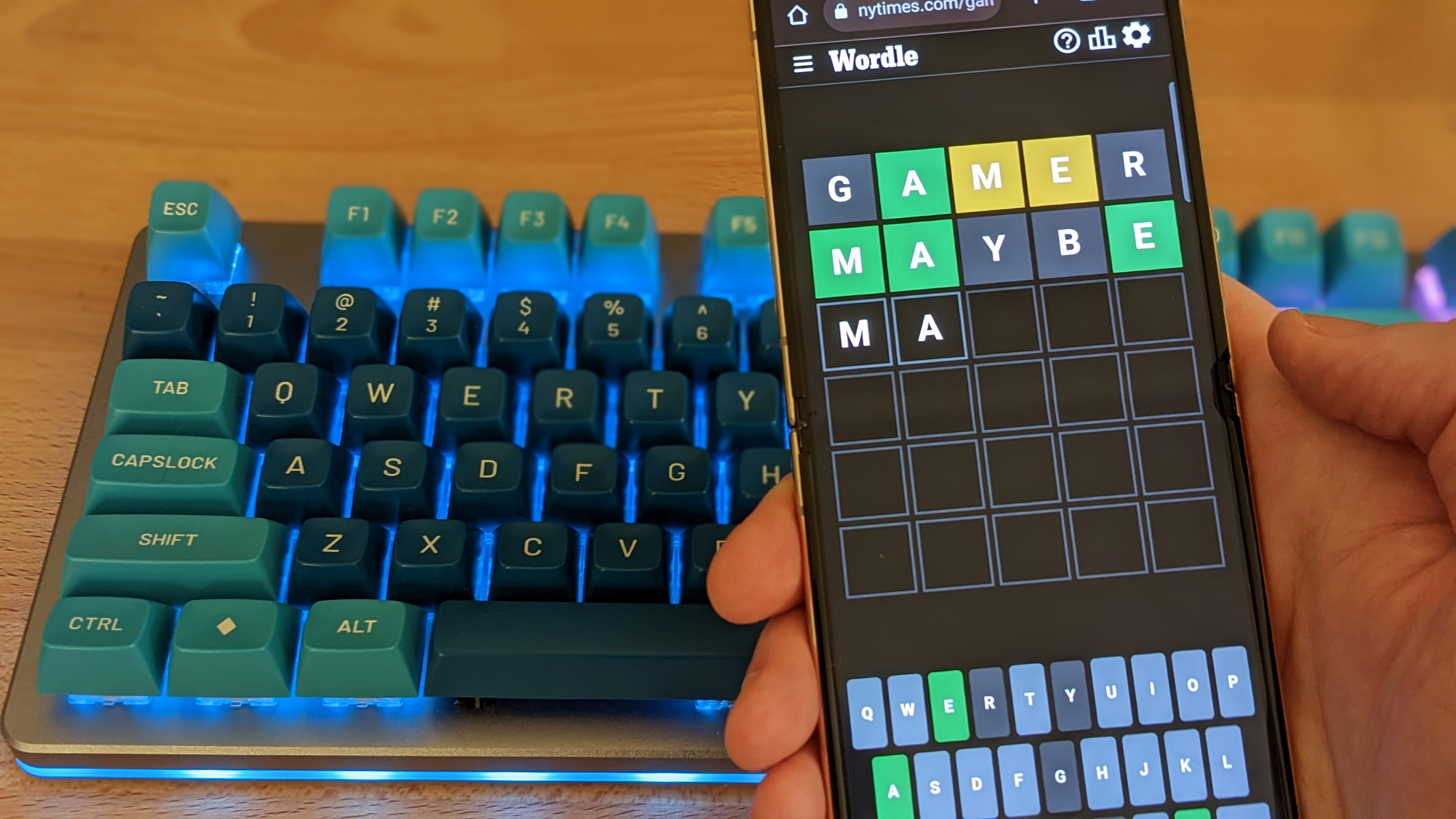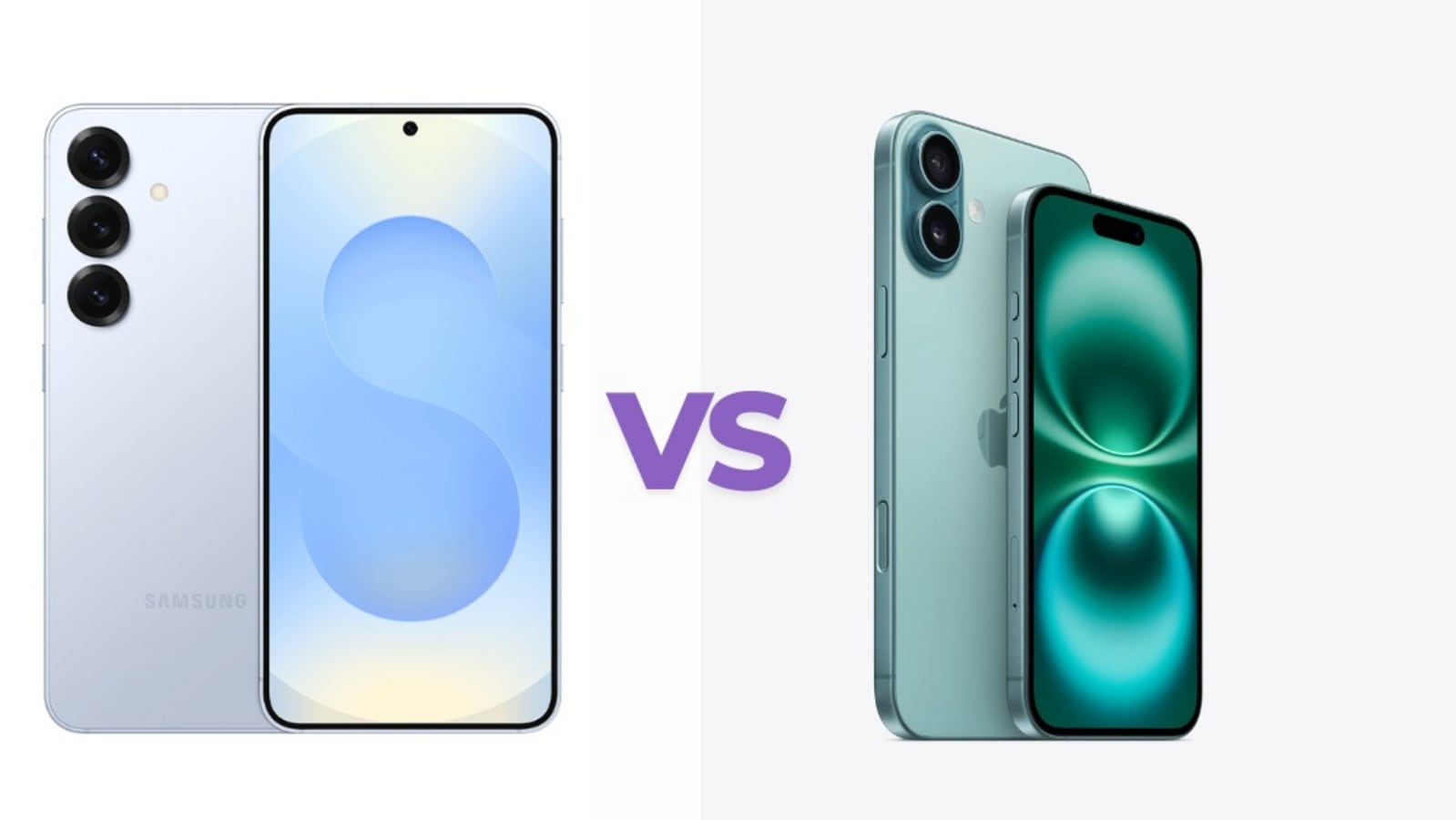
Samsung Electronics has posted its Q4 2024 earnings, pulling in $54.18 billion in revenue, with an operating profit of $4.65 billion, with some new details going on with its troubled HBM memory.
Samsung says that it started supplying 8-Hi and 12-Hi HBM3E memory in Q3 2024, and that revenue from HBM3E has surpassed HBM3. The South Korean giant is still working on an "optimized version" of HBM3E that will ship in Q1 2025, while NVIDIA CEO Jensen Huang has said Samsung needed to redesign its HBM3E memory and the "optimized version" is probably just that, redesigned HBM3E. The company says that HBM3E might see temporary demand and price drops in Q1 2025, as AI clients wait for the new "optimized version" instead of taking delivery of the older one.

Insider Dan Nystedt notes that "no other major memory chip maker uses garbage terms like 'optimized version' for HBM products' Samsung is also expecting to see its next-gen HBM4 memory entering mass production in 2H 2025, which means we'll see HBM4 details from the company by the end of June...
not long from now, and just after Computex 2025 in May. Samsung explained in its press release: "The Memory Business achieved record-high fourth-quarter revenue, backed by a higher blended DRAM average selling price (ASP) due to the increased sales of high-bandwidth memory (HBM) and high-density DDR5 for servers. However, operating profit decreased slightly compared to the previous quarter as a result of increased R&D expenses to secure future technology leadership, as well as the initial ramp-up costs to secure production capacity for cutting-edge nodes".
Samsung continued: "In 2025, overall memory market demand is expected to recover from the second quarter. The Memory Business is reducing the portion of legacy DRAM and NAND products to align with market demand and accelerating the migration to cutting-edge nodes. The Business will continue to strengthen its business competitiveness and optimize its portfolio by increasing the portion of high value-added products such as HBM, DDR5, LPDDR5x, GDDR7 and server SSDs based on advanced process nodes".
.













